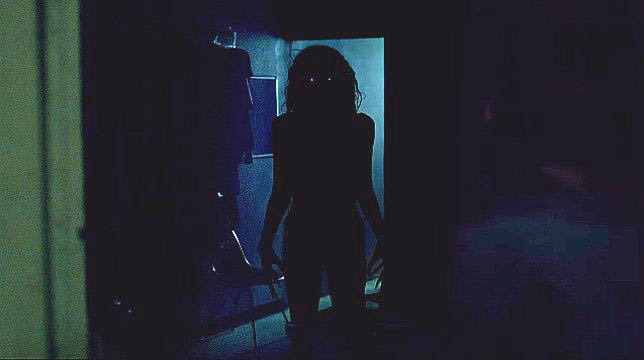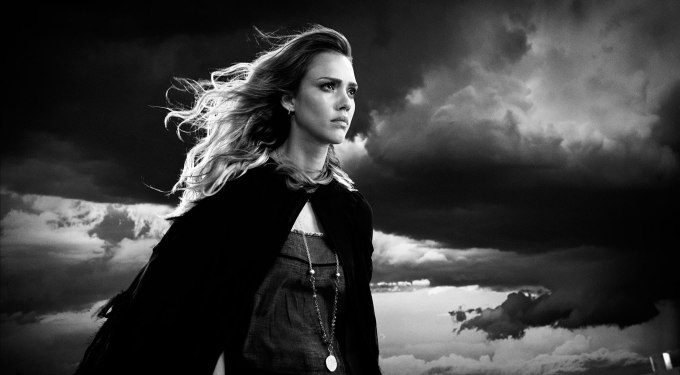
(Hey, Liam Neeson: if you want to have a career based around films in which you rescue women, maybe don’t go around calling #MeToo a “witch hunt.”)
A veritable symphony of failures, The Commuter is so bad, even the end credits are a mess, unable to tell whether “stand-by” should be one word or two hyphenated, or to have any consistency at all between whether direction should be spelled with letters (“Second Assistant Director”) or numbers (“3rd Assistant Director”). Sure, I’m being pedantic, but I think it’s important to acknowledge just how widespread the problems are.
Though the problems are widespread, the film is too shallow for them to demand any in-depth analysis; it simply fails at anything and everything it tries to do. The thrills aren’t thrilling, the jokes aren’t funny, the mystery has no suspense, the special effects aren’t remotely believable, the acting is wooden, the secret baddie is glaringly obvious. The overabundance of CGI in the fight scenes make the whole thing look like a bad video game, whose disorienting speed is made all the more jarring by its contrast with the otherwise exceptionally slow pace.
Certainly the saddest element of The Commuter has to be the pitiful way in which it believes itself to be the action counterpart to I, Daniel Blake. Or at the very least, Money Monster. But how anyone expected the audience to maintain a straight face or feel in any way uplifted by watching Liam Neeson give the finger to an investment banker and deliver the immortal line, “Hey, Goldman Sachs, on behalf of the American middle class: fuck you!” I shall honestly never know.
Or maybe it’s the fact that it attempted an element of nuance by providing Liam Neeson (I’ve already forgotten everyone’s name but, honestly, who cares? It’s Liam Neeson playing Liam Neeson) with an opportunity to do what he does out of a sense of financial desperation – that maybe he’s willing to be a less-than-good-guy, because he was just fired, five years before retirement, with no safety net. However, the film can’t stand the thought of “The American Middle Class” being anything other than spotlessly clean so, within no time at all, the story reverts to the classic “they’ve (probably?) kidnapped Liam Neeson’s wife and child” and then proceeds to have his $25k incentive literally blow away, so he needn’t be saddled with anything other than his classic, unquestionable, Husband-and-Father motivation.
As the film progresses, it becomes ever more clear how little anyone knows what they’re doing, as we are provided with even more long and boring expositions we didn’t need, thickly laid reveals we already knew, and an ending that demeans us all.
Hopefully Neeson’s stupid and ugly comments will have him blacklisted from making films in Hollywood again, but I wouldn’t count on it.
⭐


